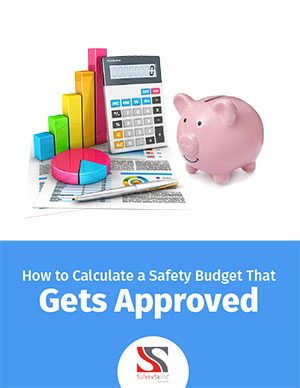
EHS professionals often find that creating a budget is one of the toughest parts of their job. Download this e-book for practical advice and step-by-step instructions to create a budget that management will approve.
Sponsored by SafetySkills
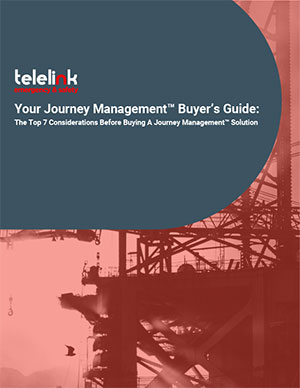
Implementing a Journey Management solution is a massive undertaking. Due diligence can be cumbersome, so we've put together this checklist of 7 things to consider before choosing your Journey Management technology and service partner.
Sponsored by Telelink
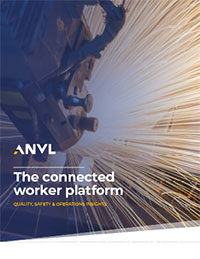
Learn from Anvl why Connected Worker solutions are critical for Quality, Safety, and Operations Leaders to stay competitive in a data-driven world, and how to integrate these solutions in an effective and efficient way.
Sponsored by Anvl
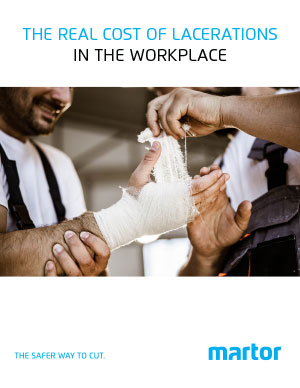
There’s no doubt that workplace-related injuries impose costs upon companies, but how much? The numbers are higher than you think. For company leaders that want to promote the health and safety of their employees, preventing lacerations is crucial.
Sponsored by Martor® USA
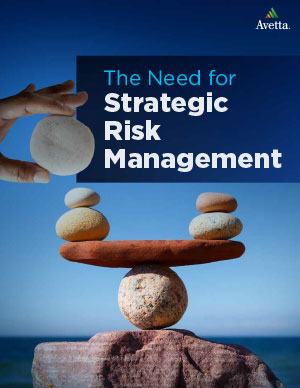
Learn from Shawn Galloway of ProAct Safety & Avetta; how to create a strategic risk mitigation plan, what are the best practices for a robust enterprise risk culture and why subcontractor management and prequalification are important.
Sponsored by Avetta®
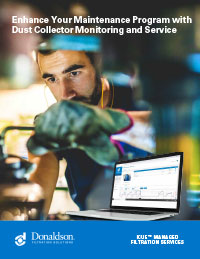
Utilize connected technology to remotely monitor dust collectors. Save time and money while freeing up your facility maintenance team to focus on critical priorities. Let Donaldson help you with remote monitoring and customized service today.
Sponsored by Donaldson
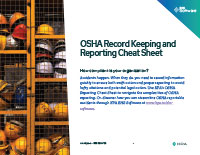
Don’t navigate the complexities of OSHA reporting alone. This cheat sheet covers record keeping best practices, recordable vs reportable injuries and illnesses, event reporting, and OSHA Form 300, OSHA Form 300 A, and electronic record submission.
Sponsored by KPA
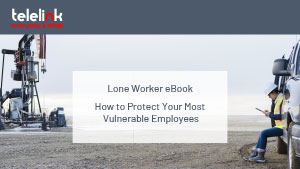
This is the definitive guide to lone worker safety. Download now for access to case studies, lone worker risk assessments, and insights into the best devices and apps on the market.
Sponsored by Telelink
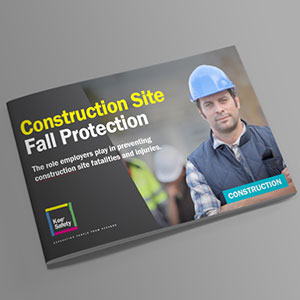
Most deaths in the construction industry historically have been caused by falls (one-third of all fatalities). The purpose of this article is to provide employers with a better understanding of the standards and rationale for the fall protection standards in construction.
Sponsored by Kee Safety

“The Risks and the Rewards” survey from Avetta and EHS Daily Advisor was launched in May and gathered the insight of 106 environment, health and safety professionals about how their organizations handle risk management and mitigation.
Sponsored by Avetta®